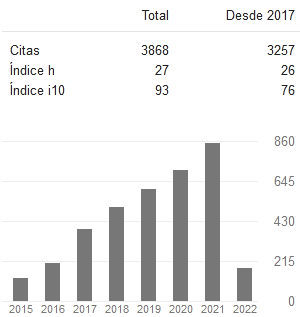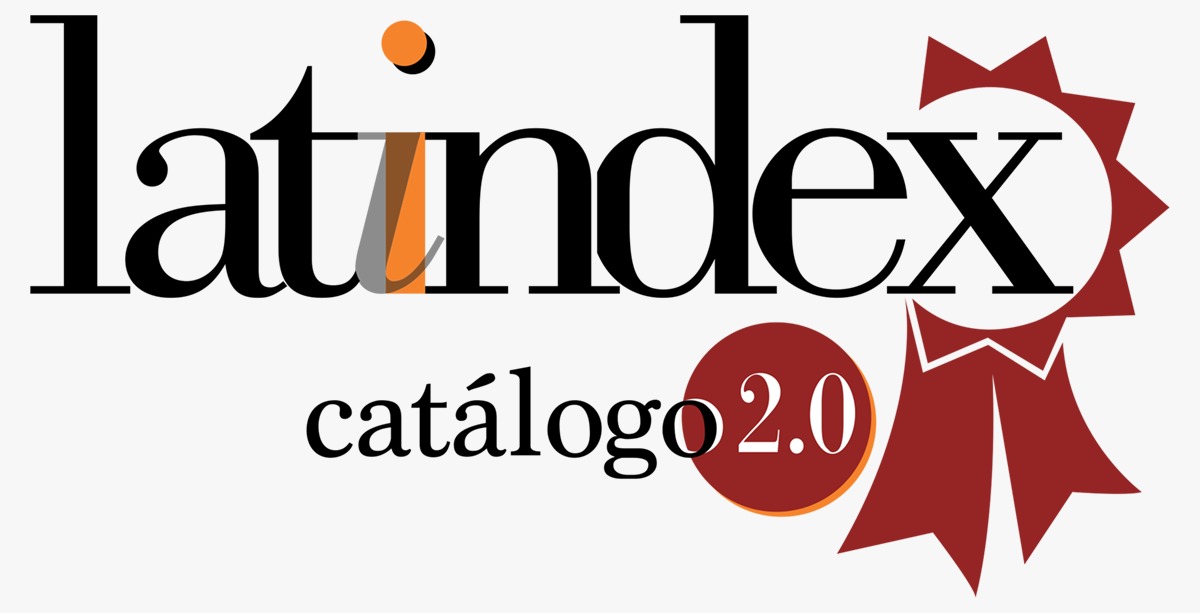APPROACH TO THE MANAGEMENT OF HUMAN TALENT IN THE FACULTY OF JURISPRUDENCE AND SOCIAL SCIENCES AND POLICIES OF THE STATE UNIVERSITY OF GUAYAQUIL
Keywords:
strategy; talent; management.Abstract
In order to develop a strategy to facilitate the management and development of human talent within the faculty of law and social and political science at the State University of Guayaquil, a group of research that led to this strategic moment to fix determined. Among the tasks performed a review of existing documentation that included regulations, records, procedures, templates charges, strategic plans and challenges of the faculty was run. Tools for teachers and students in order to determine the present status influence the work environment, perception, readiness for development, cooperation, impact of teaching applied. It opened a space for suggestions were poured with the objective of determining the readiness and participation for improvement and take advantage of these suggestions for the future development plan. During the development of this analysis and research various methods of empirical and theoretical nature were used. They are between empirical observation, measurement, experiment, document analysis and expert judgment, analysis-synthesis, induction-deduction, the historical and logical approach and systemic-structural analysis. In the theoretical order, mathematical methods for calculating matrix that increases the objectivity and constitute a qualitative edge over previous models offered.
Downloads
References
Alles, M. A. (2006). Dirección estratégica de los recursos humanos NE volumen 1. Ediciones Granica S.A.
Alles, M. A. (2012). Diccionario de términos, Recursos Humanos. Buenos Aires: Granica.
Archivos de la administración de la Facultad de Jurisprudencia, Ciencias Sociales y Políticas. Universidad Estatal de Guayaquil.
Chiavenato, I. (2004). Recursos Humanos o Capital Humano de Organizaciones (8º ed. ed.). Sao Paulo: Atlas. Recuperado el 3 de septiembre del 2014, de http://www.chiavenato.com/espanol/institucional/
Constitución de la República del Ecuador.2008.Capítulo primero y segundo. (Art 3, 26, 27, 234, 347, 349 y 350).
Diagnóstico de Necesidades de Capacitación. Pdf. Recuperado el 4 de septiembre del 2014, de http://www.rrhh web.com/downloads/Diagnostico%20de%20necesidades%20de%20capacitaci on.pdf
INA. (2007). Estudio de determinación de necesidades de capacitación y formación profesional para técnicos en mecatrónica. San José, Costa Rica: INA
Ley Orgánica de la Educación Superior del Ecuador. SENESCYT. (Art 2, 5, 6,13, 3, 96, 107, 145, 156 y 157)
Macías Gelabert , C., & Aguilera Martínez, A. (2012). Contribución de la gestión de recursos humanos a la gestión del conocimiento.
Mejia Giraldo, A., Jaramillo Arango, M., & Bravo Castillo, M. (2006). La productividad y la competitividad sostenibles en las organizaciones. Revista científica Guillermo de Ockham vol.4, 2.
Plan Nacional de Capacitación y formación profesional (2012-2013). Recuperado el 4 de septiembre del 2014, de http://www.secretariacapacitacion.gob.ec/wp- content/uploads/2013/07/Plan-Nacional-de-Capacitacio%CC%81n.pdf
Revista Seguridad Minera, Pinto R. Proceso de Capacitación. Editorial Diana, México. Tercera Impresión, Noviembre 1997. 200 pp. Recuperado el 3 de septiembre del 2014, de http://revistaseguridadminera.com/gestion- seguridad/capacitacion/determinacion-de-necesidades-de-capacitacion/
Socorro F, (Nd), El Talento Humano: Una aproximación a su génesis y evolución. Recuperado el 3 de septiembre del 2014, de http://www.degerencia.com/articulo/el_talento_humano_una_aproximacion_a su_genesis_y_evolucion
Sosa M. (2002). ¿Cuál es la importancia de la capacitación del Recurso Humano?, Recuperado el 4 de septiembre del 2014, de http://www.gestiopolis.com/recursos/experto/catsexp/pagans/rh/51/impcap.htm
Técnicas e instrumentos para detectar las necesidades de capacitación (N.d). Recuperado el 4 de septiembre del 2014, de http://www.emprendepyme.net/tecnicas-e-instrumentos-para-detectar-las- necesidades-de-capacitacion.html
Uribe, R. I. (2003). Propuesta de un modelo de gestión humana y cultura organizacional para pymes innovadoras. Escuela de administración de negocios N°. 47, 46-65.
Downloads
Published
How to Cite
Conference Proceedings Volume
Section
License
Copyright (c) 2020 Noel Batista Hernández , Wilber Ortiz Aguilar, Dania Acosta Luis

This work is licensed under a Creative Commons Attribution 4.0 International License.
Usted es libre de:
- Compartir — copiar y redistribuir el material en cualquier medio o formato
- Adaptar — remezclar, transformar y construir a partir del material para cualquier propósito, incluso comercialmente.
Bajo los siguientes términos:
- Atribución — Usted debe dar crédito de manera adecuada, brindar un enlace a la licencia, e indicar si se han realizado cambios. Puede hacerlo en cualquier forma razonable, pero no de forma tal que sugiera que usted o su uso tienen el apoyo de la licenciante.
- No hay restricciones adicionales — No puede aplicar términos legales ni medidas tecnológicas que restrinjan legalmente a otras a hacer cualquier uso permitido por la licencia.













































